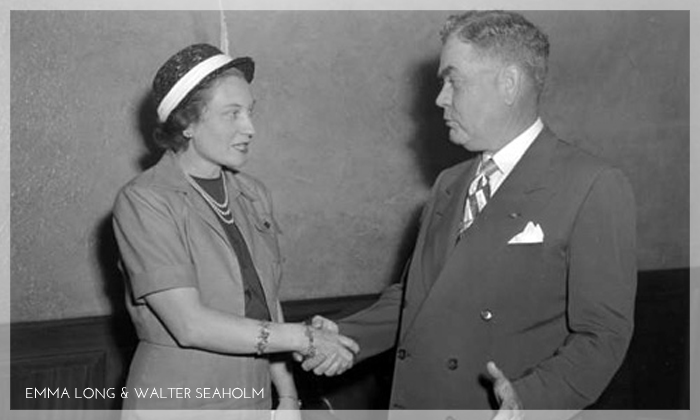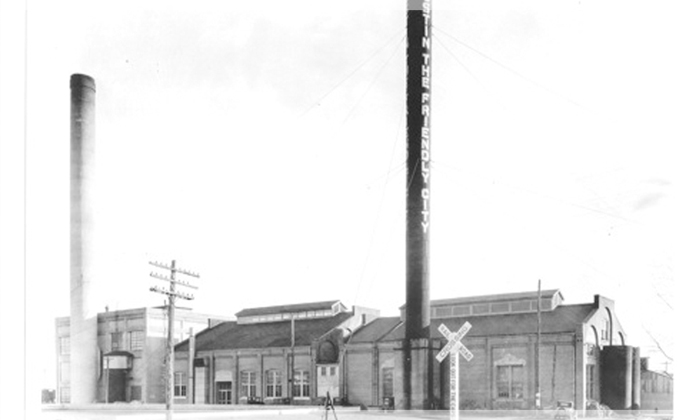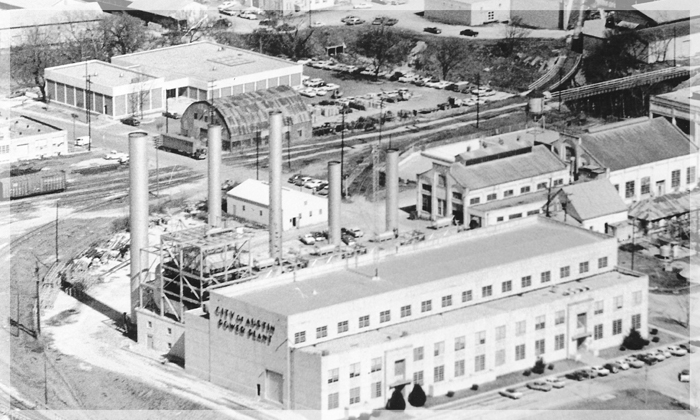

-
BOOK NOW : seaholm.info/book-now



Seaholm History
The Seaholm Power Plant, built between 1950 and 1958, stopped generating power in 1989. The remaining 3 generators were shut down in 1996.
The building's rock solid structure and historical attributes, along with the site's location along Town Lake, made it ideal for redevelopment. Seaholm's walls, for example, measure three feet thick. And they were poured when concrete really was concrete.
The name Seaholm pays homage to Walter Seaholm, Austin's fourth city manager and a former utility director. A book documenting Austin Energy's history called Silver in the Mine credits the gruff-spoken Walter Seaholm with saving the utility after a flood by operating it more efficiently than the competition.
The property features gas/oil generation units (100 megawatts total when it functioned), a towering turbine room that measures 110 by 235 feet and a 65-foot-high ceiling. Clerestory windows flank the upper aisles and let the sunlight stream through all three floors of the structure. In all, the building has more than 110,000 square feet of useable floor area.
One cannot mention the plant's history without mentioning a gentleman named Harold Reynolds, who has kept a faithful, watchful eye over the plant for the past 20 years. Reynolds, Austin Energy's Health and Safety Coordinator, knows all kinds of Seaholm secrets – like the fact that the coal bins were sealed off before ever being used, since by the time the plant was up and running, fuel oil took the place of coal as fuel for the boilers.
In more recent years, a number of planning efforts have recognized Seaholm's significance and potential for adaptive reuse.
This momentous undertaking was helped substantially by Austin Energy's 9-year, $13 million remediation to clean up hazardous materials. After that major effort, it was deemed Ready for Reuse, by the U.S. Environmental Protection Agency and the Texas Commission on Environmental Quality making Seaholm the first facility in the nation to receive such a designation under the federal Toxic Substance Control Act.
The Seaholm Redevelopment Team was selected in April, 2005, by the City of Austin to handle the redevelopment.
For more of Seaholm's history, please read Preserving Seaholm’s Power: How a sole structure survived all odds, and became an urban oasis for future generations by Mary Alice Kaspar.